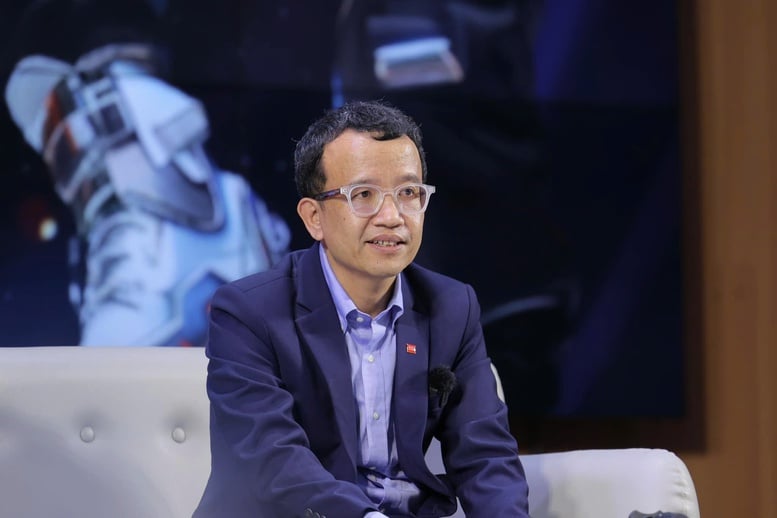
Mr. Pham Luu Hung, Chief Economist and Director of the Center for Analysis and Investment Consulting - SSI Securities Corporation (SSI Research) - Photo: VGP
Institutional foundations for innovative growth
According to Mr. Pham Luu Hung, Chief Economist and Director of the Center for Analysis and Investment Consulting - SSI Securities Corporation (SSI Research), the socio-economic development plan for the period 2025-2030 has clearly identified the goal of perfecting the legal corridor and synchronously developing all types of markets, including: finance, securities, gold, science and technology , labor and real estate. This is not only a technical requirement, but also an important institutional foundation to improve the efficiency of resource allocation, while supporting new growth drivers such as the digital economy, green economy, semiconductor industry and artificial intelligence.
International experience shows that economies such as China, Singapore or South Korea have achieved success thanks to the synchronous development of financial, technology and labor markets, and Vietnam is also following this direction. Singapore has built sandbox mechanisms and legal frameworks for digital assets, thereby creating conditions for a strong innovation ecosystem, connecting financial markets, data and technology.
Perfecting the legal framework and promoting market connectivity
In Vietnam, the orientation of synchronous development of all types of markets is being concretized with clear steps. One of the highlights is the development of the science and technology market, reflected in the Law on Science, Technology and Innovation 2025. This law allows the Vietnam Stock Exchange to organize a separate trading board for innovative startups.
When listing conditions are relaxed, such as not requiring two consecutive years of profits, this will be an opportunity to help technology businesses access capital more easily, thereby promoting the connection between the stock market and the science and technology market.
It is no coincidence that the 2025 Nobel Prize in Economics was awarded to economists Joel Mokyr, Philippe Aghion and Peter Howitt – who laid the theoretical foundation for innovation-based growth. Therefore, this ideology is consistent with the direction Vietnam is pursuing: Building institutions that encourage experimentation, risk-taking and support high-tech enterprises.
"The simultaneous implementation of the International Financial Center projects in Ho Chi Minh City and Da Nang along with new-generation free trade zones also demonstrates the determination to create a flexible institutional space. Thanks to that, experimental policies can be implemented synchronously, contributing to the formation of a favorable environment for new business models," expert Pham Luu Hung emphasized.
According to the Government's Report to the National Assembly on October 20, one of the outstanding results of this term is the effective handling of long-standing backlog projects. Along with restructuring 5 weak banks and handling trillion-dollar projects such as Song Hau 1 Thermal Power Plant, Long Phu 1, Thai Binh 2, BOT Van Phong 1, Nghi Son Oil Refinery, O Mon Gas Power Plant, Lot B Gas Field..., the Government has resolved nearly 1,200 projects with a total capital of about 675 trillion VND, along with about 3,000 projects in the process of being processed - including the second facility projects of Bach Mai Hospital and Viet Duc Hospital.
The final settlement of backlog projects helps to clear bottlenecks, thereby freeing up financial, land and human resources. In addition, the socio-economic efficiency of restarting or ending a long-term project is not inferior to that of implementing a new project, because it takes advantage of existing infrastructure, reduces waste and increases capital turnover.
"According to the IMF's forecast, Vietnam's money turnover after the recovery period in 2022 has slowed down, reaching 0.68 according to the State Bank and 0.64 according to the IMF in 2024. However, when bottlenecks are strongly handled from the end of 2025 to 2026, the release of resources can contribute to the recovery of money turnover and create momentum for more substantial growth," Mr. Pham Luu Hung analyzed.
The 2025–2030 development plan demonstrates a balance between growth ambitions and the practicality of institutional reform. Synchronous development of all types of markets not only supports emerging industries, but more importantly, it is also the foundation for Vietnam to shift to a growth model based on productivity, innovation and institutional quality. When the legal corridor is completed and all types of markets are connected, the Vietnamese economy will have the opportunity to make a stronger breakthrough, both exploiting available resources to the fullest and creating a comprehensive innovation environment.
Mr. Minh
Source: https://baochinhphu.vn/phat-trien-dong-bo-cac-thi-truong-nen-tang-cho-tang-truong-ben-vung-102251023182855622.htm


![[Photo] Prime Minister Pham Minh Chinh and South African President Matamela Cyril Ramaphosa attend the business forum](https://vphoto.vietnam.vn/thumb/1200x675/vietnam/resource/IMAGE/2025/10/24/1761302295638_dsc-0409-jpg.webp)
![[Photo] Solemn funeral of former Vice Chairman of the Council of Ministers Tran Phuong](https://vphoto.vietnam.vn/thumb/1200x675/vietnam/resource/IMAGE/2025/10/24/1761295093441_tang-le-tran-phuong-1998-4576-jpg.webp)
![[Photo] President Luong Cuong chaired the welcoming ceremony and held talks with United Nations Secretary-General Antonio Guterres](https://vphoto.vietnam.vn/thumb/1200x675/vietnam/resource/IMAGE/2025/10/24/1761304699186_ndo_br_1-jpg.webp)

![[Photo] Prime Minister Pham Minh Chinh chairs conference on breakthrough solutions for social housing development](https://vphoto.vietnam.vn/thumb/1200x675/vietnam/resource/IMAGE/2025/10/24/1761294193033_dsc-0146-7834-jpg.webp)



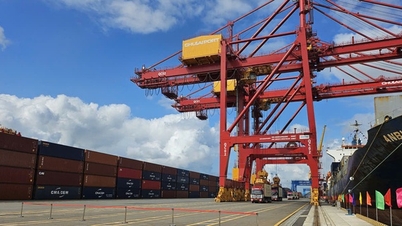
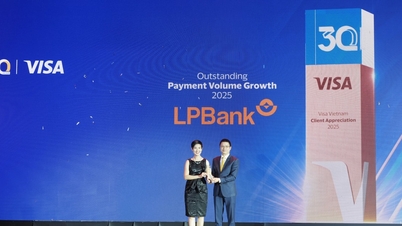

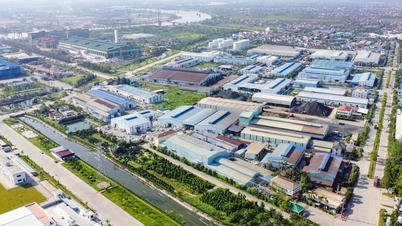

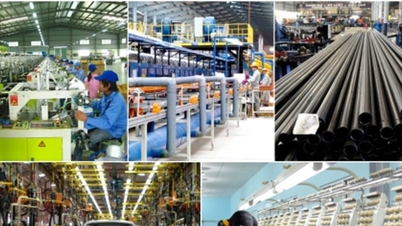
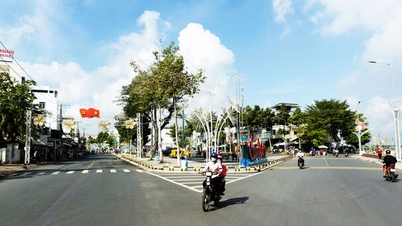




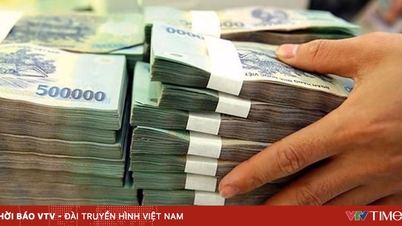


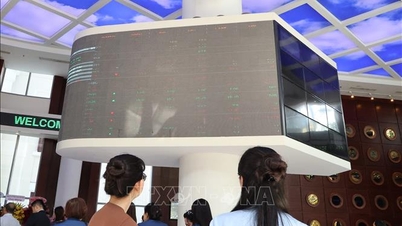







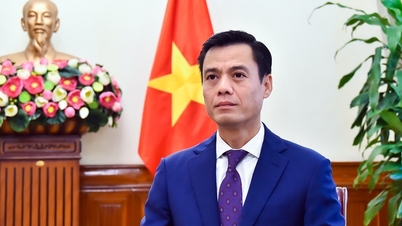
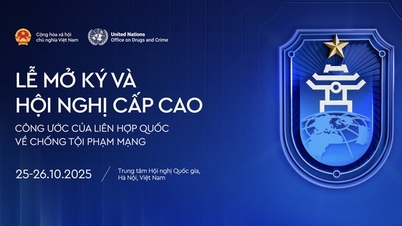

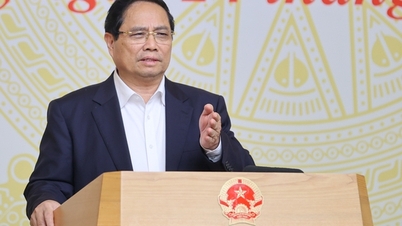


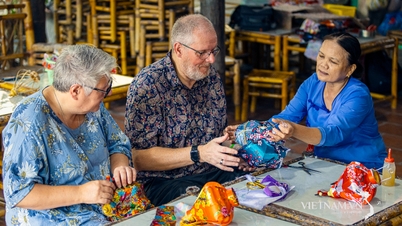



















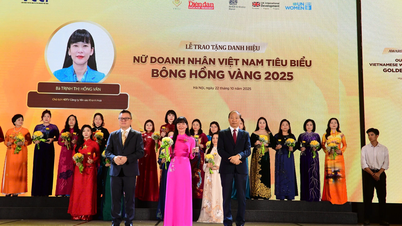














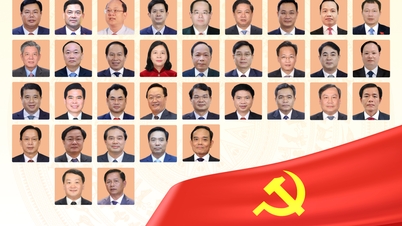

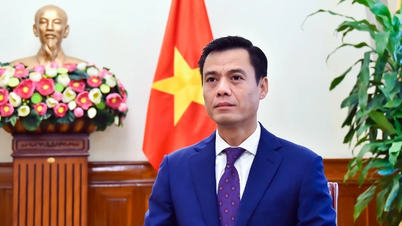
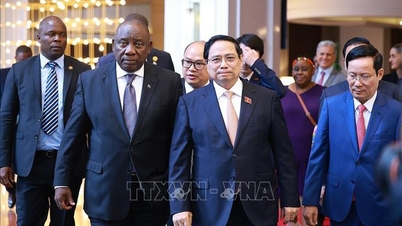






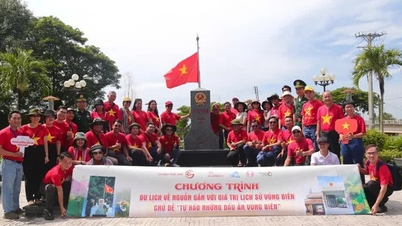




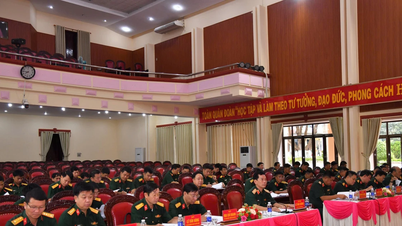

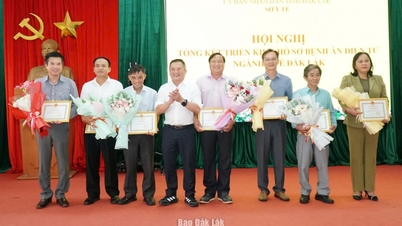

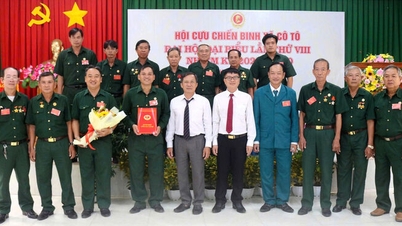

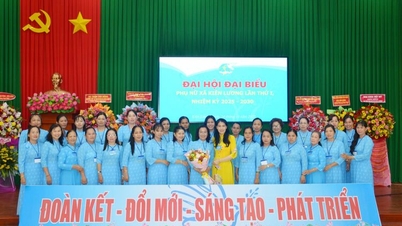











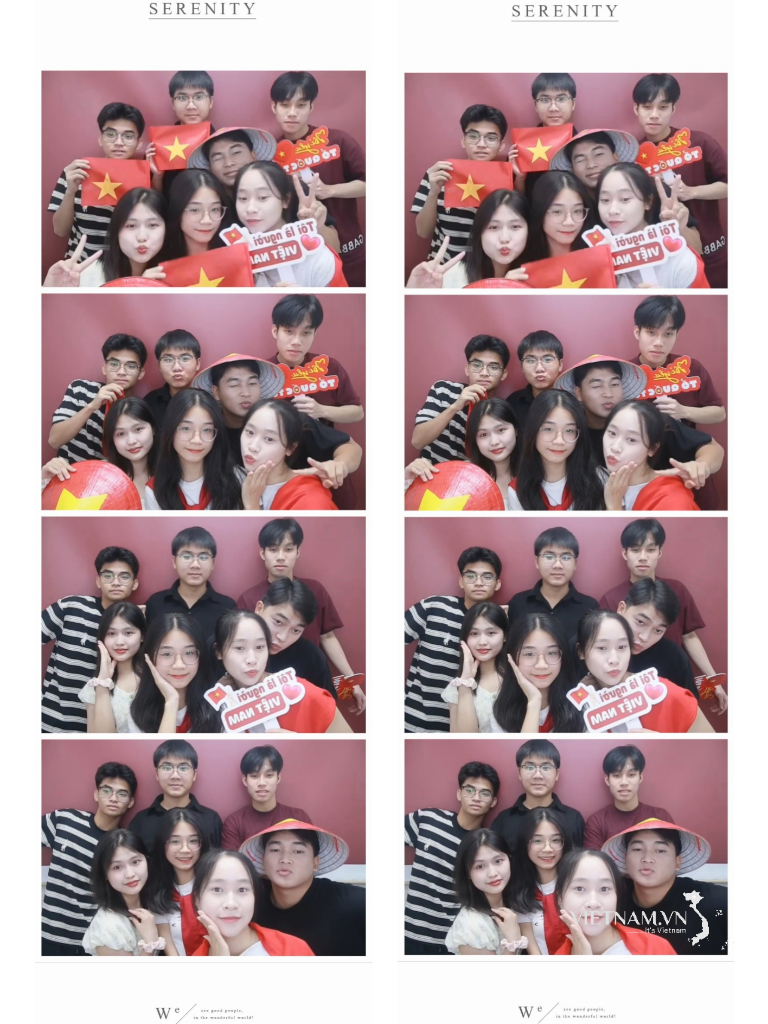


Comment (0)